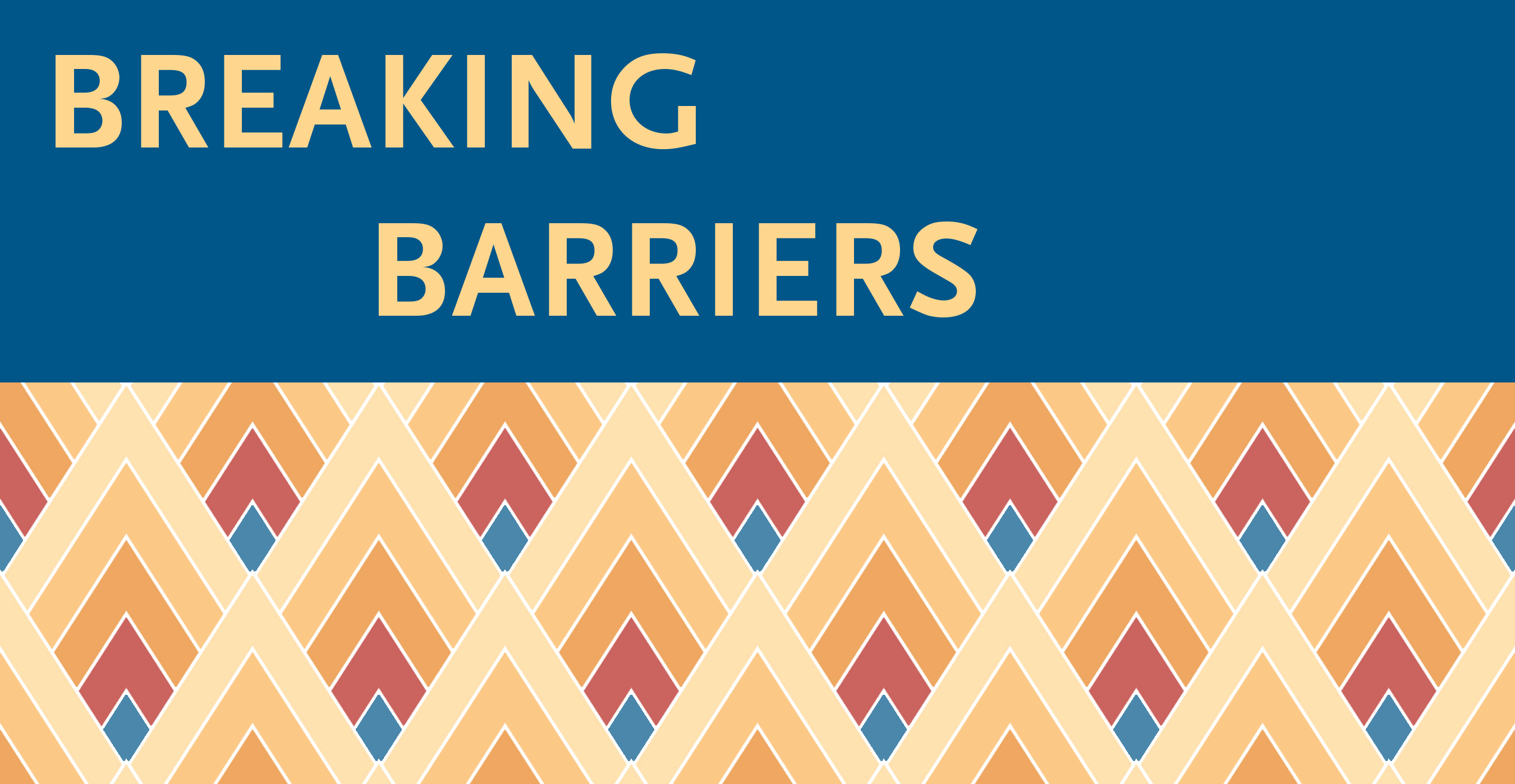Breaking Barriers
Implementing Individual Placement and Support in a Workforce Setting

 Breaking Barriers was a San Diego-based program that provided employment services to low-income individuals with a range of disabilities and conditions, using the Individual Placement and Support (IPS) approach. IPS focuses on rapid job search and placement alongside support services, based on the theory that employment is an integral part of rehabilitation, progress, and recovery. IPS was originally designed specifically for people with serious mental illness.
Breaking Barriers was a San Diego-based program that provided employment services to low-income individuals with a range of disabilities and conditions, using the Individual Placement and Support (IPS) approach. IPS focuses on rapid job search and placement alongside support services, based on the theory that employment is an integral part of rehabilitation, progress, and recovery. IPS was originally designed specifically for people with serious mental illness.
Breaking Barriers operated in four program locations from January 2016 through June 2018. Key services included career counseling to establish goals and interests, job search assistance, developing connections with local employers, personalized benefits counseling, referrals to supportive services, and follow-along support once placed in a job.
The current report presents findings from an evaluation of Breaking Barriers, which includes an implementation study, an impact analysis, and a cost study. The implementation study describes the intervention and provides contextual data to help interpret the results of the impact analysis. The cost study measures the costs of operating Breaking Barriers and how these costs compare with those of other services available in the community. The impact analysis employs a random assignment design: Individuals eligible for and interested in receiving Breaking Barriers services were assigned at random to a program group, which was offered Breaking Barriers services, or to a control group, which was referred to other publicly available supports. A total of 1,061 individuals enrolled in the study. Using survey data, the research team measured differences between the program and control groups on employment, earnings, public benefits, and health outcomes over a 15-month follow-up period.
Key Findings
- Breaking Barriers implemented services as intended and with fidelity to the IPS model.
- The characteristics of the Breaking Barriers study sample are somewhat different from those of the populations who most commonly receive IPS.
- There are no statistically significant differences between the program and control groups on the primary outcomes measured — employment, length of employment, and total earnings — during the follow-up period.
- The average cost per person of participating in Breaking Barriers over a 12-month period was $4,340 (in program year 2017 dollars), which is comparable to other IPS programs.
These results are a departure from the findings of other studies of IPS implementation. This may be in part due to the characteristics of the Breaking Barriers study sample. The program may have been better targeted to a group with higher needs that is less likely to find employment on their own. Future analyses of administrative records will help round out these findings.






